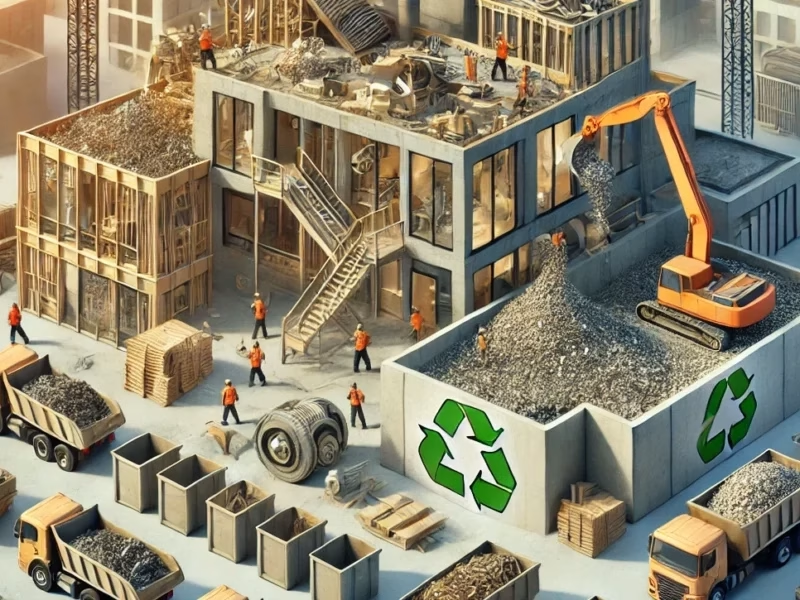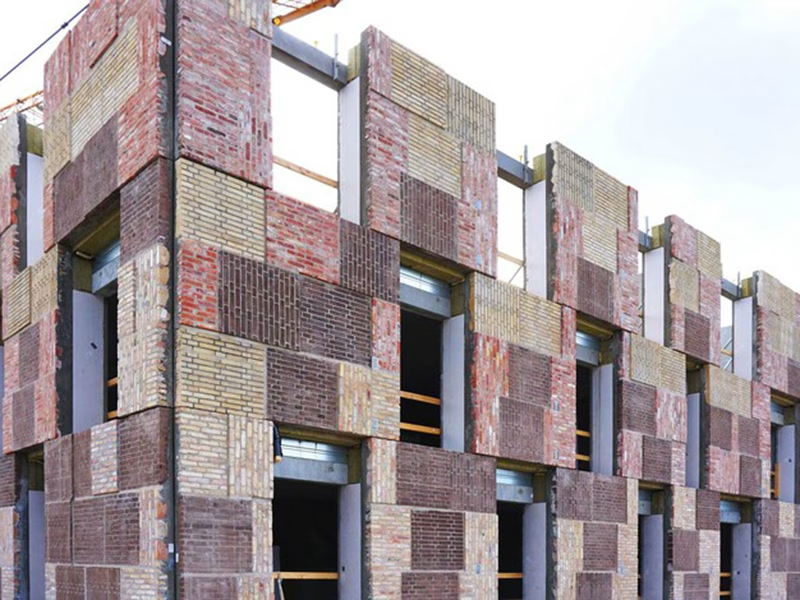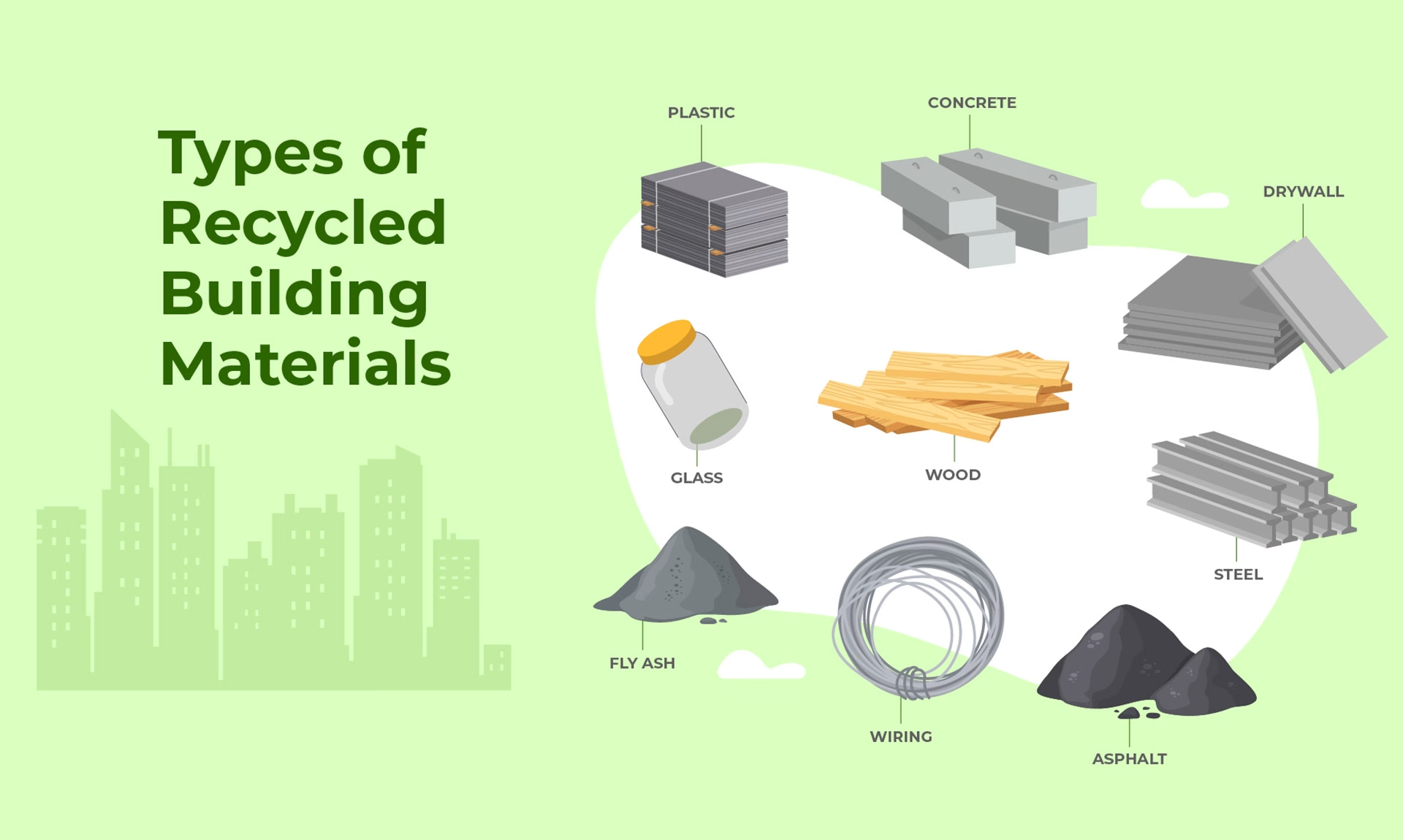Designing for a Circular Future: Why Recyclability is the New Benchmark in Construction
For decades, the construction industry has measured success in scale, speed and cost. Today, a new metric defines progress: recyclability. As the climate crisis intensifies and resources dwindle, circular design is emerging not as an option but as the benchmark by which the built environment will be judged.
From waste to value.
Construction remains one of the world’s largest consumers of raw materials – and one of the biggest producers of waste. Globally, building and demolition activities account for over a third of all waste streams. In a linear model, resources are extracted, used and discarded. The circular model aims to reverse this, treating waste not as an end but as a resource in motion.
For architects and developers, this means designing products and buildings with end-of-life in mind: aluminium façades that can be dismantled, timber panels that can be reprocessed, glass that can be recycled without loss of quality.
Why recyclability matters now.
The urgency is not only environmental but also regulatory and economic. The EU’s Circular Economy Action Plan is pushing construction towards closed material loops. Cities from Amsterdam to Milan are adopting circular building codes. At the same time, clients and investors increasingly demand proof of sustainable credentials as part of ESG reporting.
Recyclability is becoming the new compliance threshold, as essential as fire safety or structural integrity. A door system without a verified recycling pathway risks being sidelined in favour of competitors who can demonstrate full circular accountability.


Aluminium as a frontrunner.
Among construction materials, aluminium is a flagship example of circularity. It can be recycled endlessly without degradation, while using just 5% of the energy required for primary production. Already, leading manufacturers are supplying low-carbon aluminium sourced from hydro-powered smelters or closed-loop recycling schemes.
For architects, this offers both design freedom and sustainability assurance. For fabricators, it is an opportunity – but also a challenge – to align with certified supply chains.
Designing for disassembly.
Circular design is not only about materials, but about systems and methods. Products must be modular, repairable and easy to disassemble. A façade unit that can be dismantled without destroying its components holds more long-term value than one glued together in ways that make recycling impossible.
This philosophy extends to hardware: locks, handles, and hinges designed for reuse, re-coating or remanufacture will become the norm. In this sense, recyclability is no longer about waste management; it is about design intelligence.
The cultural shift.
Perhaps the most striking change is cultural. In the past, sustainability was often framed as a compromise – “green” meant more expensive or less efficient. Today, circularity is framed as innovation and resilience.
Buildings designed with recyclable components are not only environmentally sound but also economically future-proof, capable of adapting to changing regulations and market expectations.
Looking ahead.
The benchmark of construction excellence is shifting. A century ago, it was ornament. Fifty years ago, it was efficiency. In 2025 and beyond, it is circularity.
Recyclability is no longer a peripheral concern. It is the core metric by which architecture, engineering and manufacturing will be measured. And those who embrace it early will define not just the buildings of tomorrow, but the very values they represent.
Share This Story
news via inbox
Your source for the latest news in the fenestration industry.




